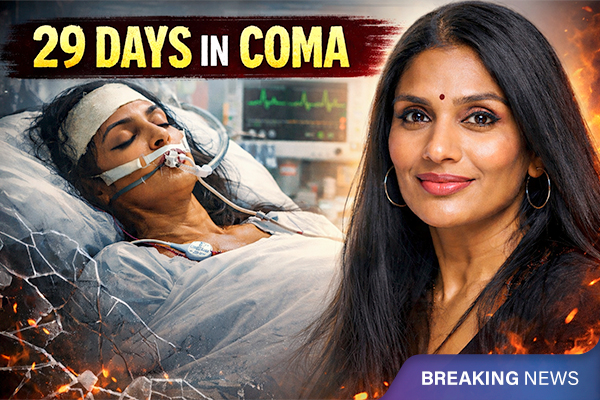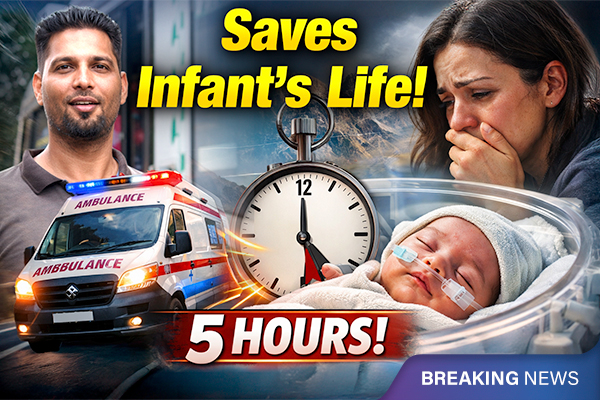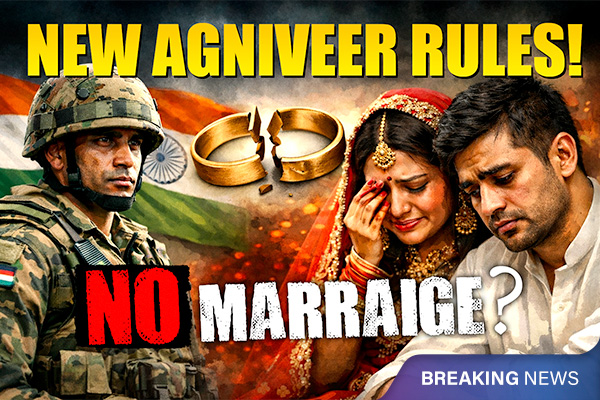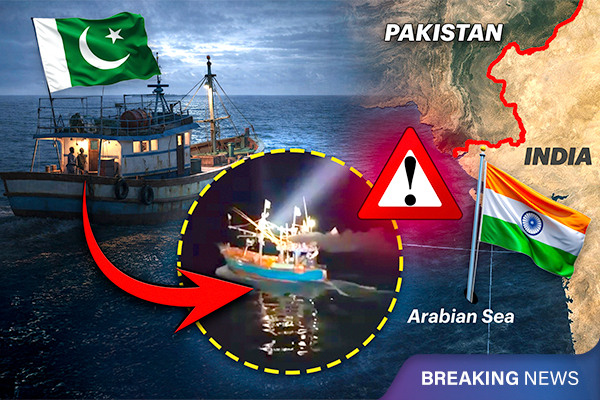France Riots: Muslim Boy Shot By France Police Officer
Violent protests erupted in Nanterre after the tragic shooting of a teen driver, identified as Nahel Merzouk.
The death of a teenager, killed by a policeman, in Nanterre, France on June 27, has caused major protests in France. People are protesting, setting things on fire and there is major violence. Here is what happened.
At first, police sources claimed that the yellow Mercedes rammed into two police motorcyclists. But a video circulating on social media was completely opposite. In the yellow Mercedes car - Nahel Merzouk was driving and there were two other boys. Nahel worked as a pizza delivery agent. The policemen asked Nahel to stop the vehicle when he ran the red light. The car then stopped at the side of the road. According to a video that has been circulating widely one of the policemen had their gun aimed at the car while they were talking. After the vehicle drove away from the officials against their orders, a bullet was fired at the boy, killing him, and the car then drove into a roadside pavement. The other passengers fled the scene. The police say they fired because they thought he would be a danger to the police and other citizens. Nahel’s death and its circumstances aroused emotion and anger in Nanterre, a popular city in western Paris where he lived. In the early evening, tensions erupted between residents and police. The following night, they reached the rest of the country.
The protestors targeted state institutions: all across the country, they burnt down town halls, attacked police stations, and vandalised some schools. They looted shops and supermarkets. Remarkably, most of the protestors involved in the rioting are in their teenage years. They consist of teenagers and other Middle Eastern people. A burning car struck the home of the mayor of the Paris suburb of L’Hay-les-Roses. Mayor Vincent Jeanbrun said his wife and one of his children were injured in an attack at 1:30 am while they slept and he was in the town hall monitoring the violence. To oppose them, the state has used draconian counterinsurgency methods. The Ministry of the Interior deployed 45,000 police officers. The use of military weaponry - including tear gas and armoured vehicles - is normalised to pacify the rioters. These riots are a clear expression of frustration and anger over a blatant injustice. The riots are a form of political dissent expressed by a generation of Muslims and non-white teenagers whose lives are deemed inferior, cheap, and meaningless by the French state. In the case of Nahel’s murder, the relevant law - regulating the use of fire weapons by the police - was passed in 2017 amidst a strong Islamophobic push to loosen the legal framework regulating police intervention in Muslim-majority neighbourhoods. Critics believe it granted the police a "licence to kill". Following the outrage, the accused was taken into custody and will be presented before investigative judges on Thursday. Meanwhile, French Interior Minister Gerald Darmanin said the officer would be suspended from his job. The grandmother of the French teenager has asked for the violence to stop, saying she was angry at the officer who killed her grandson but not at the police in general and expressed faith in the justice system. These protests are spreading across the world. Around 100 mostly young protesters gathered in the centre of Lausanne, Switzerland on Saturday night and threw stones and at least one Molotov cocktail. Three girls and three boys were detained, all between the ages of 15 and 17 years. They were of Portuguese, Somalia, Bosnian, Swiss, Georgian, and Serbian citizenship. The seventh detainee was a 24-year-old Swiss man. Protesters also clashed with police in the Belgian capital of Brussels, Belgium on Thursday, where police arrested 64 people. Rioters were seen chanting ‘Justice for Nahel’.







